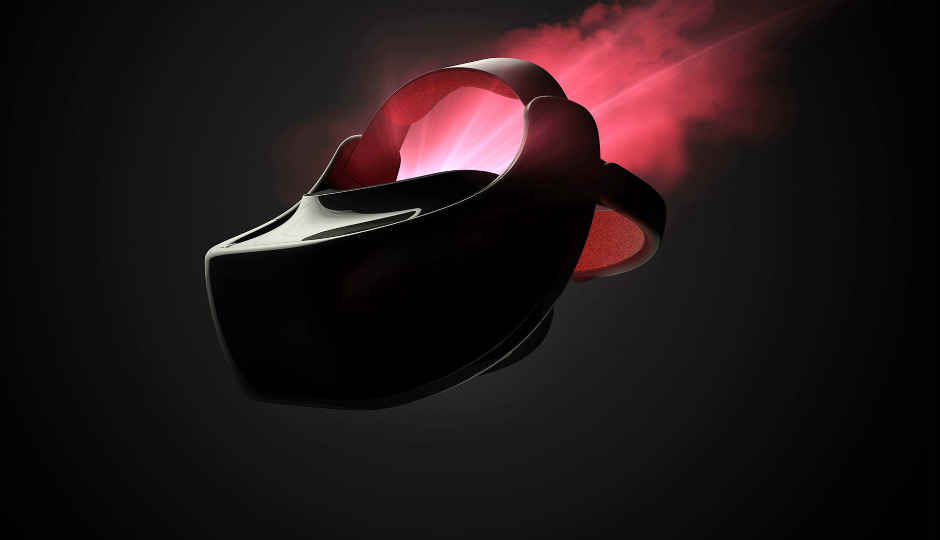HTC teases standalone Vive VR headset, only for China

The new HTC VR headset is powered by a Qualcomm Snapdragon 835 SoC and looks similar to the blueprints Google showed this year at the I/O developer conference
HTC has been one of the key players on the VR front with its Vive VR headset for PCs, but now the company has a new standalone VR headset. HTC has not named the device or released any specifications yet, but the company has revealed that users won't be required to connect it to a PC or a mobile. The new Vive headset looks very similar to the blueprints of the Daydream VR headset Google showcased during the I/O keynote back in May. From what we know till now, the headset will have its own display and OS, and will be powered by a Qualcomm Snapdragon 835 SoC.
The Snapdragon 835 SoC is currently the top-of-the-line mobile SoC in the market and all major Android flagships are powered by this Octa-core chip. As for the new HTC standalone headset, HTC has not revealed whether the headset will run on Android or a reworked version of the popular OS. Although, techcrunch reports that the headset is based around HTC’s Viveport app. The report also says that currently, HTC is running an in-headset Viveport app-launcher on various VR headsets which are powered by smartphones.
If the new HTC Vive VR headset is based on Google’s standalone Daydream platform, we are assuming that it will have inside-out tracking. Google calls it “Worldsense”, which combines its other Google AR technologies like Tango. We expect HTC to launch the device with a motion controller as well. Currently, the VR headset is slated to launch in China, but may come to other countries later in the year. Reportedly, Samsung was also making a standalone VR headset, but we haven't heard from them since 2016.
Hardik Singh
Light at the top, this odd looking creature lives under the heavy medication of video games. View Full Profile




